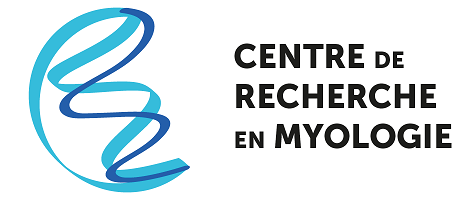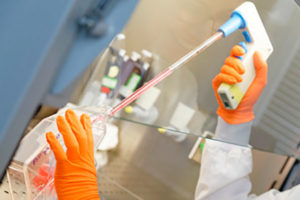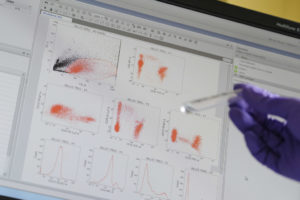A venir
No events are found.
Archives
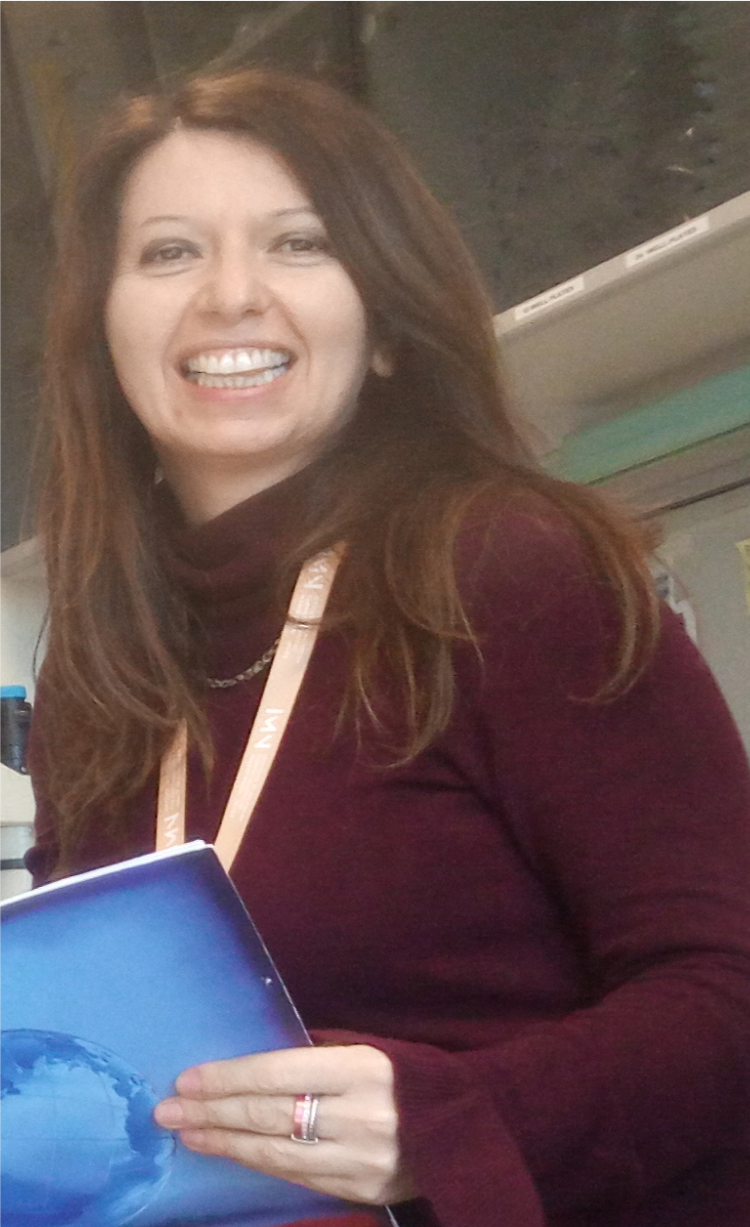
Exercise-induced myokines against muscle wasting during cancer
Rosanna Piccirillo
Head of the « Neuromuscular Dysfunctions Unit » at Mario Negri Institute for Pharmacological Research IRCCS in Milan (IRFMN), Department of Neurosciences
Read more information on Rosanna Piccirillo’s CV.
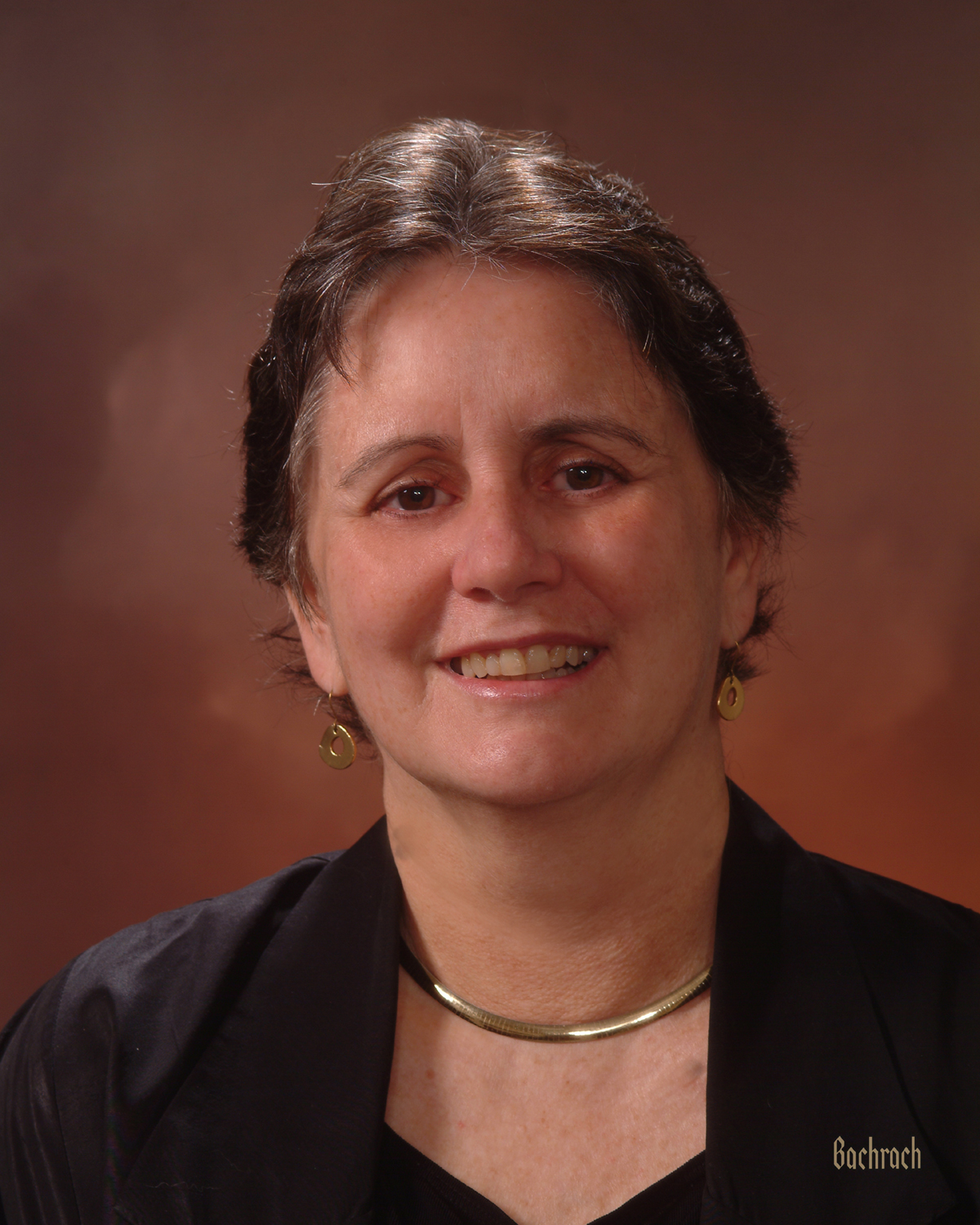
The dynamic roles of regulatory T cells in murine skeletal muscle regeneration
Diane Mathis
Professor of Immunobiology at Harvard Medical School and holder of the Morton Grove-Rasmussen chair of Immunohematology.
American National Academy of Sciences
German National Academy of Sciences
American Academy of Arts and Sciences
More information on Diane Mathis’CV.
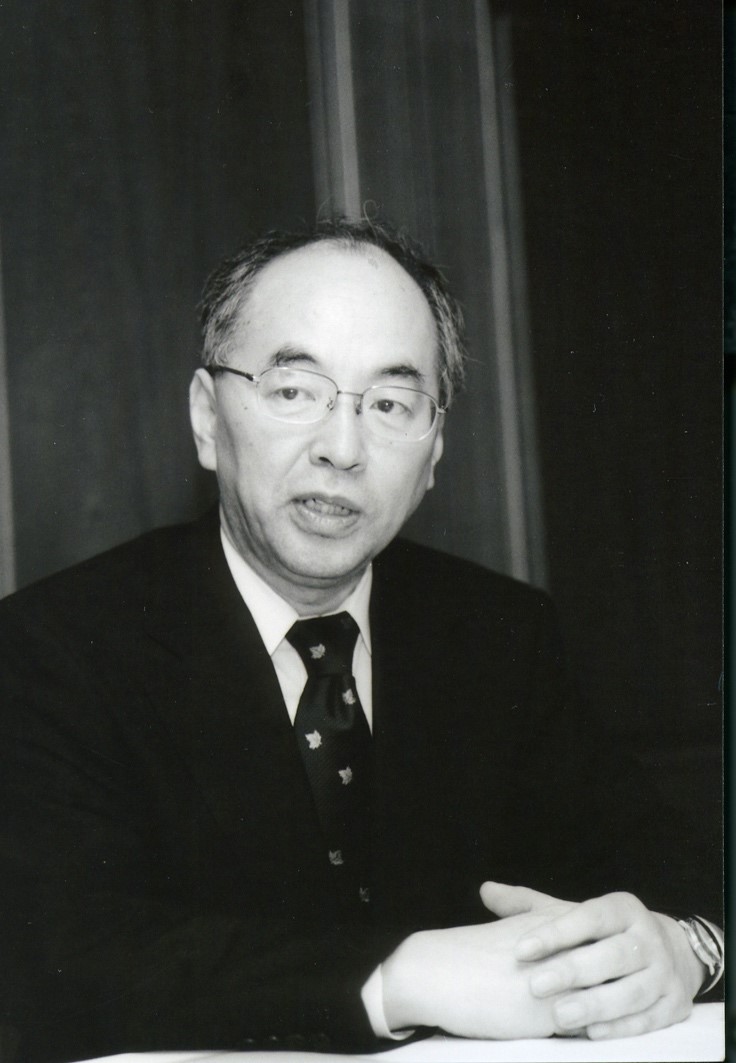
Muscle stem cells and regenerative medicine
Shin’ichi Takeda
Director General Emeritus of Department Molecular Therapy, National Institute of Neuroscience.
National Centre of Neurology and Psychiatry.
Guest Professor in Tokushima University.
More information on Shin’Ichi Takeda’s biosktech.
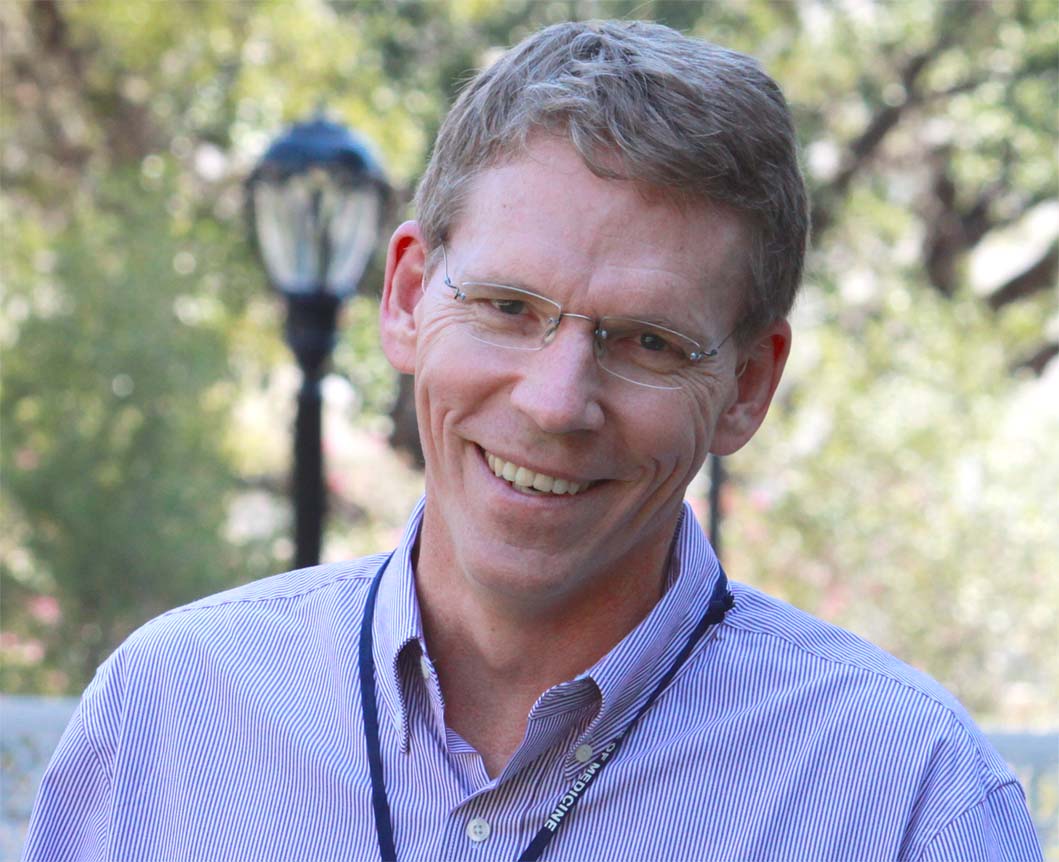
Mechanistic insights from modeling cardiac features of Myotonic Dystrophy, Type 1 in mice
Tom Cooper
Professor, Baylor College of Medicine, Houston, Texas, USA, Pathology and Immunology – Molecular and Cellular Biology – Molecular Physiology and Biophysics
R. Clarence and Irene H. Fulbright Chair in Pathology
S. Donald Greenberg Chair in Pathology
Myotonic dystrophy type 1 (DM1) is an autosomal dominant multisystemic disease caused by a CTG microsatellite repeat expansion in the DMPK gene, leading to the expression of pathogenic expanded CUG-repeat (CUGexp) containing RNA. The toxic CUGexp RNA causes disease by disrupting the activities of RNA binding proteins that regulate postnatal RNA processing ultimately resulting in expression of fetal protein isoforms of a subset of genes in adult tissues. Cardiac involvement affects 50% of individuals with DM1 primarily due to conduction abnormalities and arrhythmias causing 25% of disease-related deaths. We developed a transgenic mouse model for tetracycline-inducible and heart-specific expression of human DMPK mRNA containing 960 CUG repeats. CUGexp RNA is expressed in atria and ventricles and induced mice exhibit electrophysiological and molecular features of DM1 disease including cardiac conduction delays, spontaneous and inducible supraventricular arrhythmias, nuclear RNA foci with colocalization of the muscleblind RNA binding protein and alternative splicing defects. Importantly, both electrophysiological and molecular features were reversible upon loss of CUGexp RNA expression. The results identify potential mechanisms contributing to cardiac pathogenesis and demonstrate the utility of a reversible cardiac DM1 mouse model to facilitate development of targeted therapeutic approaches.
More information on Tom Cooper Lab’s webpage
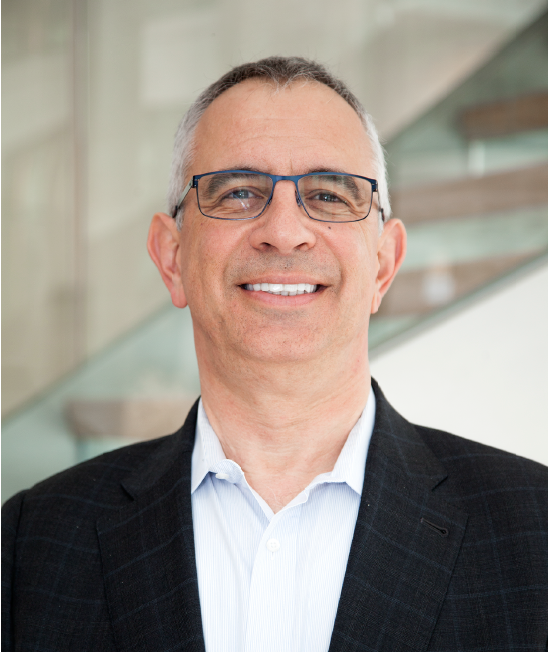
Register by email.
Leave the guns, take the cannoli: What bimagrumab tells us about the myostatin pathway in humans
Ronenn Roubenoff
Global Head Translational Medicine Discovery & Profiling
Global Head, Musculoskeletal Translational Medicine
Novartis Institutes for Biomedical Research
Dr. Roubenoff received his MD from Northwestern University and trained in Internal Medicine and Rheumatology at the Johns Hopkins Hospital, where he was Chief Resident in Medicine. He completed concurrent fellowships in Rheumatology and in Clinical Epidemiology at Johns Hopkins, receiving a Master of Health Science degree. He then trained in Nutrition at Tufts University with Irwin Rosenberg, MD, and in Immunology with Charles Dinarello, MD. He was Chief of the Nutrition, Exercise Physiology, and Sarcopenia (NEPS) Laboratory, and Director of Human Studies at the Jean Mayer USDA Human Nutrition Research Center on Aging at Tufts University, where he is currently Adjunct Professor of Medicine and Nutrition. Subsequently, Dr. Roubenoff became Sr. Director of Molecular Medicine at Millennium Pharmaceuticals and then Sr. Director, Immunology Research and Development, at Biogen Idec, where he led the Translational Medicine and Early Development efforts for the Immunology group. In 2009, Dr. Roubenoff was appointed Global Head of Musculoskeletal Translational Medicine at Novartis Institutes for Biomedical Research (NIBR), heading early clinical development for musculoskeletal and mobility disorders. In 2019 he was appointed Global Head of Translational Medicine Discovery & Profiling at NIBR.
Dr. Roubenoff has done pioneering work on the interactions of nutrition, exercise and hormonal and immune regulators of metabolism in aging and chronic disease, including rheumatoid arthritis, osteoarthritis, and HIV infection. He is an internationally recognized authority on sarcopenia, aging, translational medicine, and the use of biomarkers in drug development. He has published over 270 papers in the medical literature as well as writing for lay audiences. He is co-author of a New York Times Bestselling book on exercise and nutrition treatment of arthritis. Dr. Roubenoff has served on many NIH study sections, WHO committees, American Society for Nutrition Committees, Animal Care and Use and Institutional Review Committees, and as a reviewer for journals, foundations, and charities. He has won multiple awards, including membership in the Alpha Omega Alpha and Delta Omega honor societies; Fellow of the American College of Physicians and the American College of Rheumatology; the Robert H. Herman Memorial Award of the American Society for Nutrition; the American College of Rheumatology Senior Scholar Award; Tufts University Distinguished Faculty Award; Teacher of the Year at Johns Hopkins Medical School; and the Oliver Smith Award for Extraordinary Service and Caring at Tufts Medical Center.
More information on his biosketch.
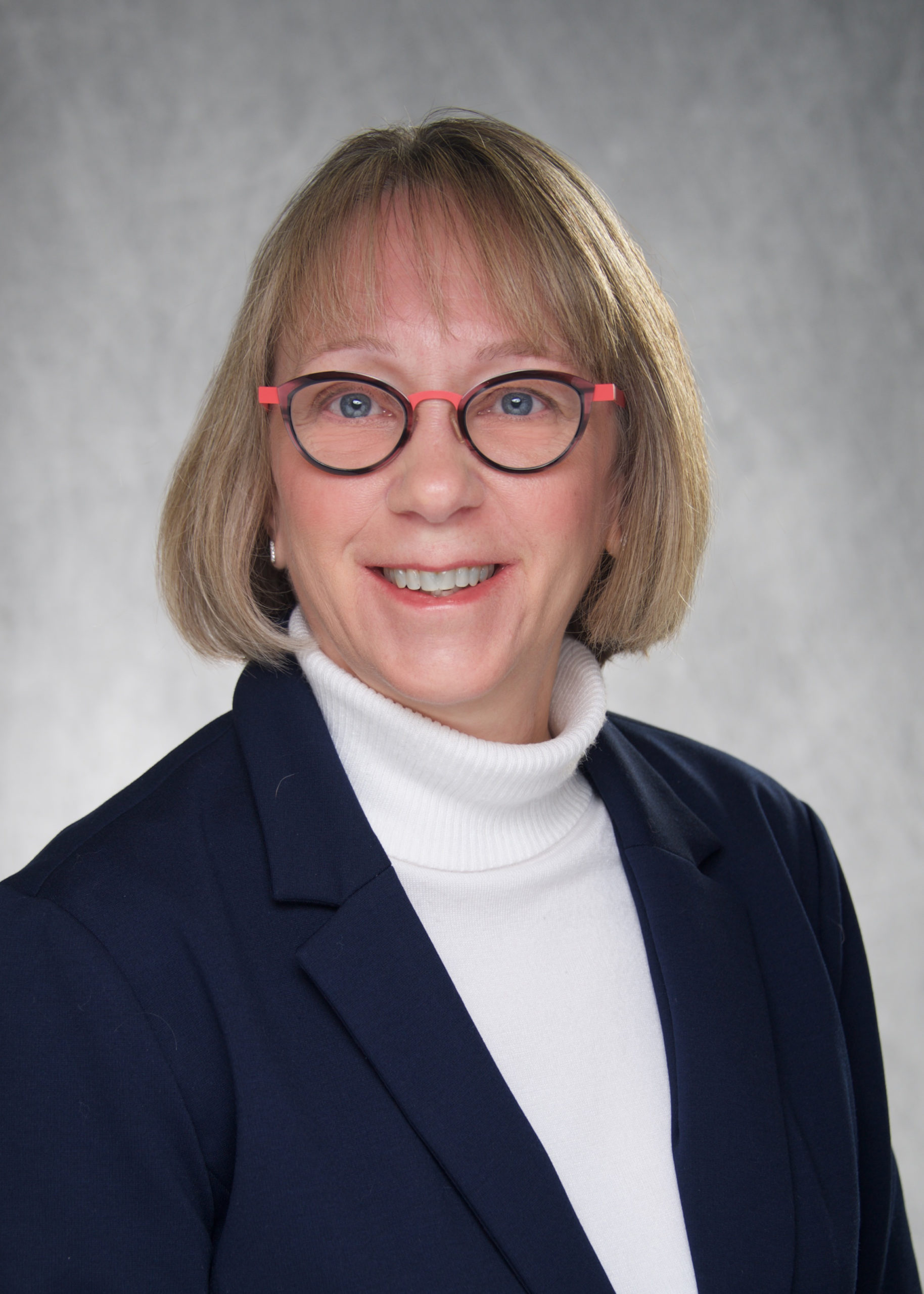
Register by email.
Zoom link: https://us02web.zoom.us/j/83225875612
Nuclear membrane myopathies: Defective boundaries
Lori L Wallrath
Professor of Biochemistry, University of Iowa Healthcare
More information on Lori L Wallrath and on her laboratory
Please read her biosketch.
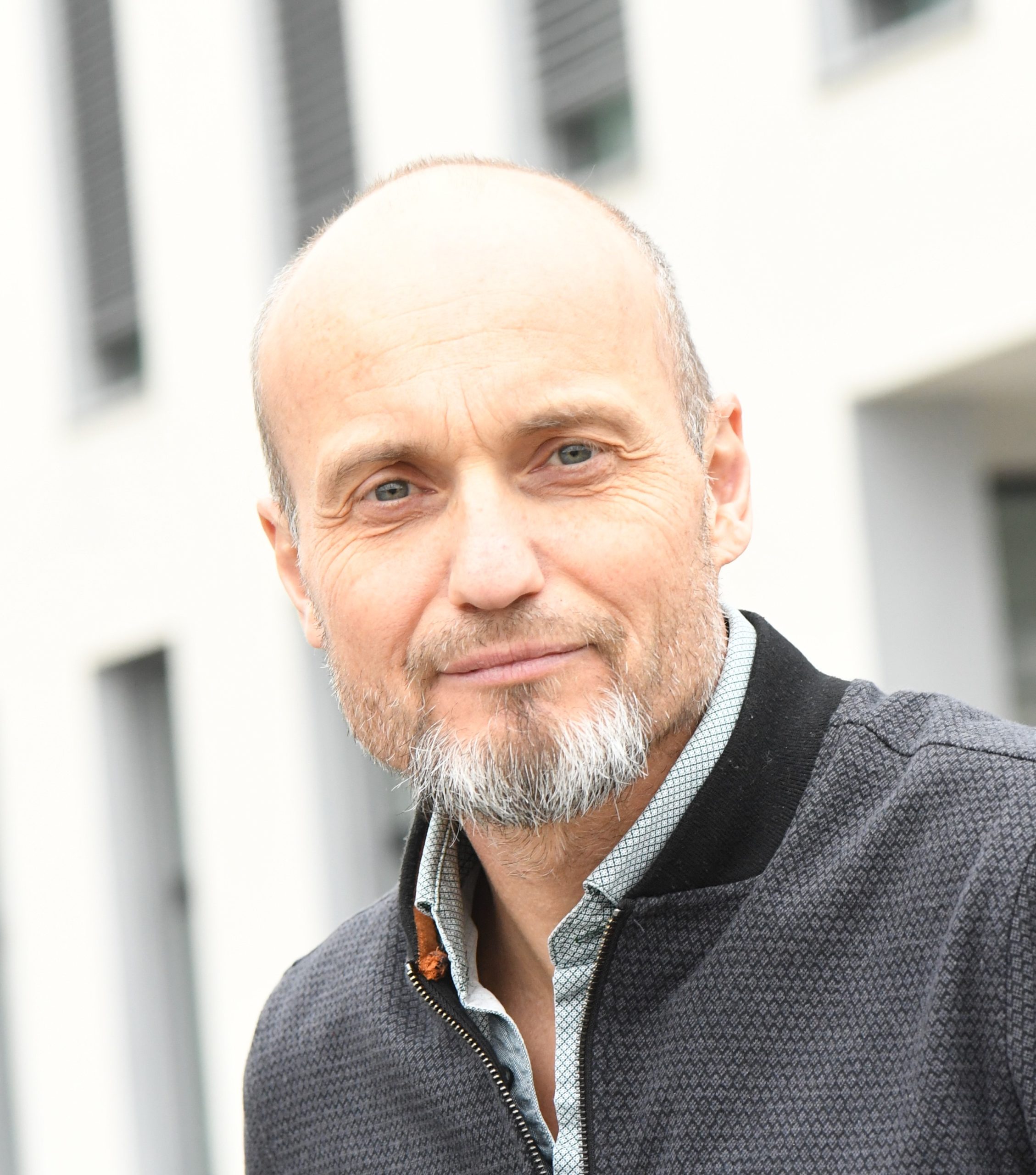
Measuring fatigability in clinical populations: is it relevant?
Guillaume Millet
Professor at Jean Monnet University (Saint-Etienne, France)
Leader of the ActiFS academic chair
Senior member of the Institut Universitaire de France 2019
Director of the inter-university Laboratory of Human Movement Biology in 2020
More info on Guillaume Millet’s
Website
Lab website
Twitter @kinesiologui
Summary
This seminar will start by a presentation of some recent methodological development that aims at measuring neuromuscular (NM) fatigue in clinical populations, e.g. an innovative ergometer that can switch from cycling to isometric mode within 1 s or the relevance of assessing NM fatigue in dynamic mode. Throughout examples in multiple sclerosis, cancer and Covid-19 patients, the main part of this talk will be dedicated to the discussion of the potential link between a deteriorated resistance to NM fatigue due to exercise and the subjective feeling of chronic fatigue in patients. We will conclude by showing that there is a need for tailoring training interventions to fatigue etiology (NM fatigue resistance, sleep disorders, inflammation, cardiorespiratory fitness, etc.), which further emphasizes the importance of properly determining the causes of fatigue.
Biosketch
Dr. Guillaume Millet received his PhD in Sport Sciences in 1997 and has since held various academic positions in France, including a 4-year full-time research contract at INSERM. In 2013, he moved to the University of Calgary within the Faculty of Kinesiology, where he directed a research team of ~15 trainees, the Neuromuscular Fatigue Lab. Back to France in 2018, he is now a Professor at Jean Monnet University in Saint-Etienne where he leads the ActiFS (Physical Activity, Fatigue, Health) academic chair. Dr Millet was named at the Institut Universitaire de France as a Senior member in 2019 and director of the inter-university Laboratory of Human Movement Biology (110 members) in 2020. His general research area investigates the physiological, neurophysiological and biomechanical factors associated with fatigue, both in extreme exercise and in patients (neuromuscular diseases, cancer, ICU). His research focuses on understanding fatigue in order to create tailored rehabilitation programs for clinical populations in order to enhance patients’ quality of life.
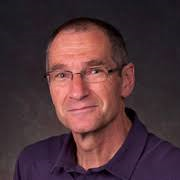
The forgotten filament: titin’s contribution to active force production in skeletal muscle
Walter Herzog
Professor, Faculty of Kinesiology and Department of Mechanical and Manufacturing Engineering, University of Calgary
Adjunct Professor, Department of Surgery and Faculty of Veterinary Medicine, University of Calgary
Director, Human Performance Lab
Tier I Canada Research Chair for Cellular and Molecular Biomechanics
Dr. Herzog did his undergraduate training in Physical Education at the Federal Technical Institute in Zurich, Switzerland (1979), completed his doctoral research in Biomechanics at the University of Iowa (USA) in 1985, and completed postdoctoral fellowships in Neuroscience and Biomechanics in Calgary, Canada in 1987. Currently, Dr. Herzog is a Professor of Biomechanics with appointments in Kinesiology, Medicine, Engineering, and Veterinary Medicine, holds the Canada Research Chair for Cellular and Molecular Biomechanics, and is appointed the Killam Memorial Chair for Inter-Disciplinary Research at the University of Calgary. His research interests are in musculoskeletal biomechanics with emphasis on mechanisms of muscle contraction focusing on the role of the structural protein titin, and the biomechanics of joints focusing on mechanisms of onset and progression of osteoarthritis. Dr. Herzog is the recipient of the Borelli Award from the American Society of Biomechanics, the Career Award from the Canadian Society for Biomechanics, the Dyson Award from the International Society of Biomechanics in Sports, and the Muybridge Award from the International Society of Biomechanics. He is the past president of the International, American and Canadian Societies for Biomechanics. He was inducted into the Royal Society of Canada in 2013, and was awarded the Killam Prize in Engineering (2018) from the Canada Council for the Arts for his contributions to Biomedical research.
More information on Walter Herzog’s webpage
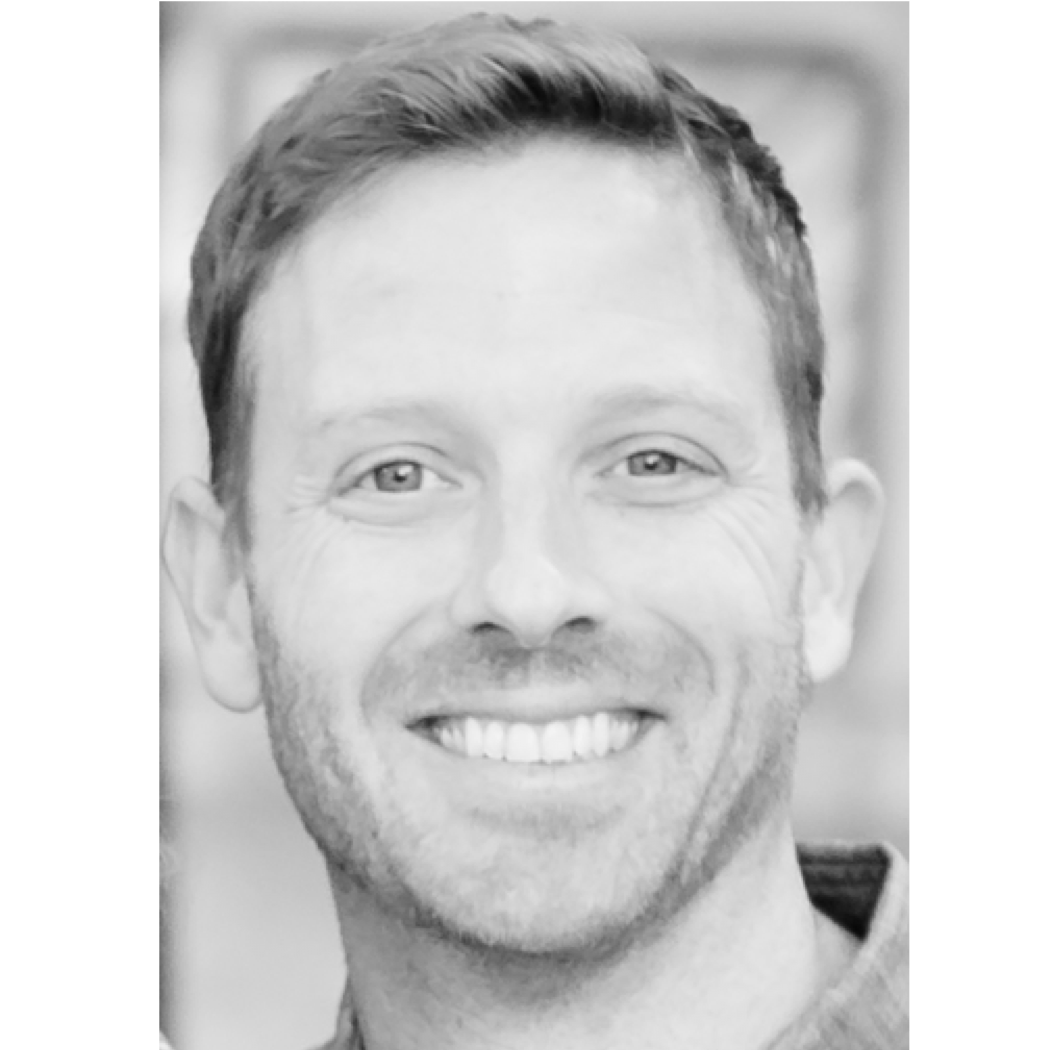
Microtubules in Cardiac Mechanics and Growth
Benjamin Prosser
Assistant Professor of Physiology, Perelman School of Medicine
In heart muscle cells, the interaction of sarcomeric actin and myosin provides the force required for the heart to beat, and as such has been extensively well-studied. Our lab, however, has focused on the much less well-studied non-sarcomeric cytoskeleton – specifically the microtubule network – as a key contributor to cardiomyocyte mechanics and mechanobiology. In 2016, we identified novel load-bearing behavior of the microtubule network in beating cardiomyocytes, and identified post-translational microtubule detyrosination as a key regulator of the mechanical properties of heart cells (Robison et al., Science 2016). In 2018, we found that suppressing detyrosination can lower stiffness and robustly improve contractile function in cardiomyocytes from patients with heart failure (Chen et al., Nature Medicine 2018). More recently, we have homed in on a therapeutic target and patient population, first by identifying that detyrosinated microtubules contribute to diastolic dysfunction in human heart tissue (Caporizzo et al., Circulation 2020), and second by genetically silencing the detyrosinating enzyme VASH1 to restore diastolic function in this context (Chen and Salomon, Circulation Research 2020). While we are keen to pursue these translational goals, we are also still fascinated by the fundamental mechanisms by which microtubules contribute to cardiomyocyte homeostasis and growth. Our latest work (Scarborough and Uchida, Nature Communication 2021) identifies an essential role of microtubules in cardiac hypertrophy, as microtubules orchestrate the spatial positioning of new protein synthesis to allow heart cells to grow at the appropriate place and time. In sum, the work has identified cardiomyocyte microtubules as key regulators of cardiac growth and mechanics, and illustrates the potential for targeting microtubules as a new therapeutic strategy for the treatment of heart failure.
More information on Benjamin Prosser lab’s webpage and on his biosketch.
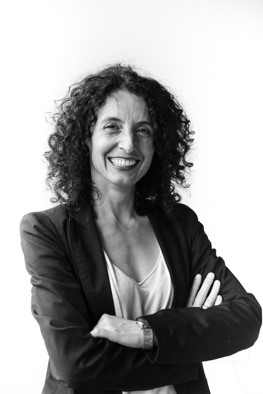
Intrinsic muscle abnormalities in Amyotrophic Lateral Sclerosis
Sonia Alonso Martin
Group Leader of “Muscle Stem Cells & Regenerative Medicine” Lab within the Neuromuscular Diseases Group (Neurosciences Area) at BIODONOSTIA HRI (Donostia/San Sebastián, Spain). Research Fellow – Gipuzkoa Fellows Program for Talent Attraction and Retention.
Summary
Amyotrophic lateral sclerosis (ALS) is a devastating neurodegenerative disorder characterized by the death of motor neurons (MN) and muscle atrophy. Classically, muscle atrophy has been assumed to arise from MN denervation, but recent research has proposed that this process may be muscle-autonomous. On the other hand, there is a growing body of evidence supporting that ALS presents systemic metabolic disturbances. The facts that insulin resistance and type I diabetes are risk factors in ALS, and that glycolytic fast fibers are affected early in the process of MN degeneration, whereas the most, aerobic ones (extraocular), are spared, devise a range of evidences to postulate that altered energy production from glucose may be an early pathogenic event in ALS. With the aim to address the hypothesis that there are intrinsic abnormalities in skeletal muscle linked to ALS pathology, we cultured primary myoblasts from ALS patients and performed an array of biochemical and functional studies. Patients´ primary myoblasts displayed alterations in the nuclear localization of TDP-43, consistent repression of glycolysis and aberrant myogenesis. Furthermore, we induced silencing of TDP-43 and FUS in control human primary myoblasts to verify whether their loss of function may phenocopy such abnormalities. Indeed, TDP-43- FUS-knockdown myoblasts showed defects in the glycolytic capacity and, more importantly, dramatic defects in the myogenic process.
Short CV
Sonia Alonso-Martín: Group Leader of “Muscle Stem Cells & Regenerative Medicine” Lab within the Neuromuscular Diseases Group (Neurosciences Area) at BIODONOSTIA HRI (Donostia/San Sebastián, Spain). Research Fellow – Gipuzkoa Fellows Program for Talent Attraction and Retention.
Sonia Alonso-Martin is a highly qualified scientist, with an outstanding background in Myology, Mouse Molecular Genetics and Gene Regulation, and broad knowledge in Transcriptomics and Stem Cell Biology.
She is a renowned researcher in the skeletal muscle stem cell field, in which she contributed with high impact outcomes, including relevant international collaborations. She is author of 23 research papers and more than 50 scientific communications.
After completing a successful PhD in Madrid (CIB-CSIC) on ESC manipulation to generate new animal models for platelet-associated diseases, pioneer in her institution, she moved to France for a post-doctorate in F. Relaix lab (Paris & Créteil).
Remarkably, during her post-doctoral research works, she performed a stem cell ontology, from development to aged mice, identifying molecular pathways involved in the emergence of postnatal muscle stem cells in vertebrates, as well as the genetic changes associated with the stemness capacity of these cells. Back in Spain in 2016, she joined Pura Muñoz lab (CNIC-Madrid and UPF-Barcelona), where she focused on stem cell heterogeneity and aging, successfully publishing as first author in prestigious Nature Cell Biology journal.
In 2019, she has been awarded the « Gipuzkoa Fellows Program for Talent Attraction and Retention » which allowed her to start her own research group within the Neuroscience Department at Biodonostia HRI. Relying on her expertise in muscle biology, her group is unravelling the complexity of muscle dystrophies and motor neuron disorders, specially ALS, developing a total innovative approach for a better understanding of the different neurodegenerative diseases, including sarcopenia due to disuse or aging.
She is member of CIBERNED, the Network Center for Biomedical Research in Neurodegenerative Diseases; she is Review Editor for Frontiers in Cell and Developmental Biology; and serves as reviewer for different scientific journals. She is scientific evaluator and/or advisor for different committees and institutions such as FWO (Research Foundation – Flanders) and the Spanish National Research Agency (AEI).
More information on Sonia Alonso Martin ‘s Linkedin webpage
Website:
